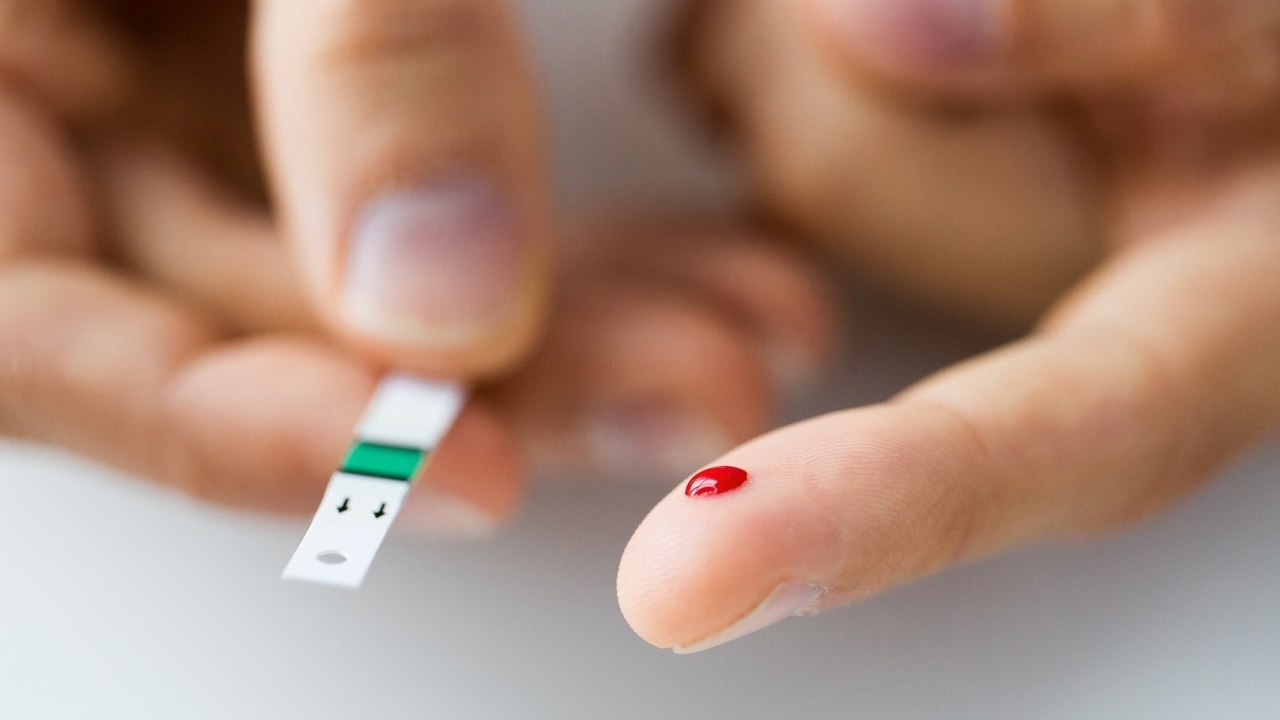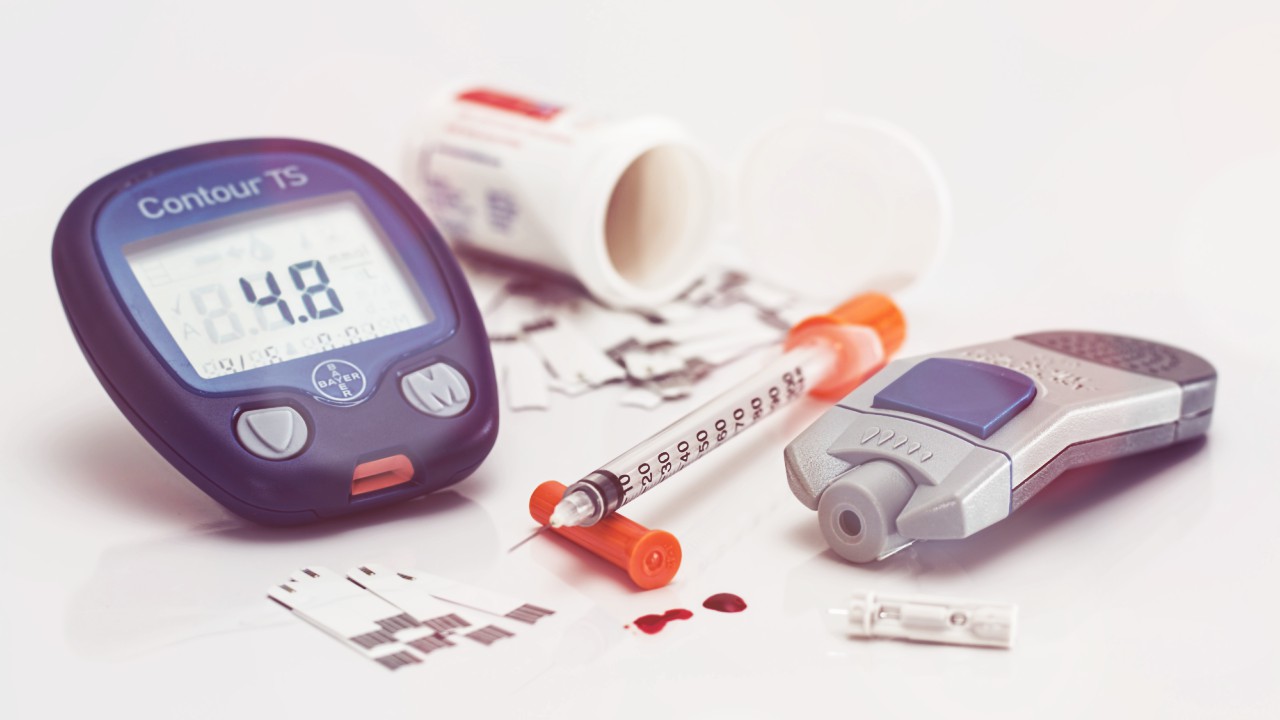One option for those with diabetes to be more in control of their insulin needs, is the insulin pump. An insulin pump is no bigger than a cell phone or a deck of cards.
It weighs only a few ounces, so if you have diabetes, it can be attached to a belt. It fits nicely into a pocket.
Usually an insulin pump will have a disposable plastic cartridge that holds insulin. The cartridge can generally hold enough insulin to last for a few days. Once the cartridge is topped up, it is placed into the pump.
A needle or a soft tube (cannula) is inserted in the skin and insulin is transported through plastic tubing, flowing from the pump to your body.
The pump is set to allow a minimum (basal) amount of insulin to flow continuously. When more is needed, for instance upon eating, or when blood sugar levels have risen too high, larger (bolus) doses can be administered with the pump.
The advantage of an insulin pump is that the person with diabetes no longer must give themselves many injections throughout the day. Instead, fast-acting insulin is accessed continuously via a catheter, making it easier for the diabetic to regulate blood sugar levels.
A needle only needs to be inserted once every couple of days, rather than a number of times a day. Your blood sugar levels can be kept more within healthy parameters, allowing fewer spikes and drops of your blood sugar levels.
If you need to alter your usual schedule for eating, an insulin pump also can administer extra insulin (bolus) when needed at the press of a button.
Cannula insertion site should be changed every few days, to lower your chance of infection. Particularly in the beginning, you may want to test your blood sugar levels more often, so that you can more accurately guage your basal and bolus levels.
Insertion sites can be vulnerable to infection. Pump bumps can happen to diabetics, which may become red or swollen due to use of the cannula.
A serious infection can lead to cellulitis or abscess. Cellulitis involves pain, swelling and reddening of the area, radiating out from the site where the cannula was inserted.
Abscess is a pocket of pus that is found at the insertion location and can be reddened, warm and swollen. If you become short of breath and experience chills and fever, things are really escalating.
Even mild infections should send the diabetic to the doctor, to prevent more serious infection.
Sources:
Alternative Devices for Taking Insulin. Niddk.nih.gov. Retrieved Nov. 14, 2011.
http://diabetes.niddk.nih.gov/dm/pubs/insulin
Diabetic Insulin Pumps and Infections. Ehow.com. Retrieved Nov. 14, 2011.
http://www.ehow.com/about_5341133_diabetic-insulin-pumps-infections.html
Insulin Pumps. Diabetes.org. Retrieved Nov. 14, 2011.
http://www.diabetes.org/living-with-diabetes/treatment-and-care/medicati...
Insulin Pump Therapy - The Pros and Cons. Type1diabetes.com. Retrieved Nov. 14, 2011.
http://type1diabetes.about.com/od/insulinandmedications/a/prosconspump.htm
Definition of Cannula. Medterms. Retrieved Nov. 14, 2011.
http://www.medterms.com/script/main/art.asp?articlekey=11092
Visit Jody's website and blog at http://www.ncubator.ca and http://ncubator.ca/blogger
Reviewed November 15, 2011
by Michele Blacksberg RN





Add a CommentComments
There are no comments yet. Be the first one and get the conversation started!